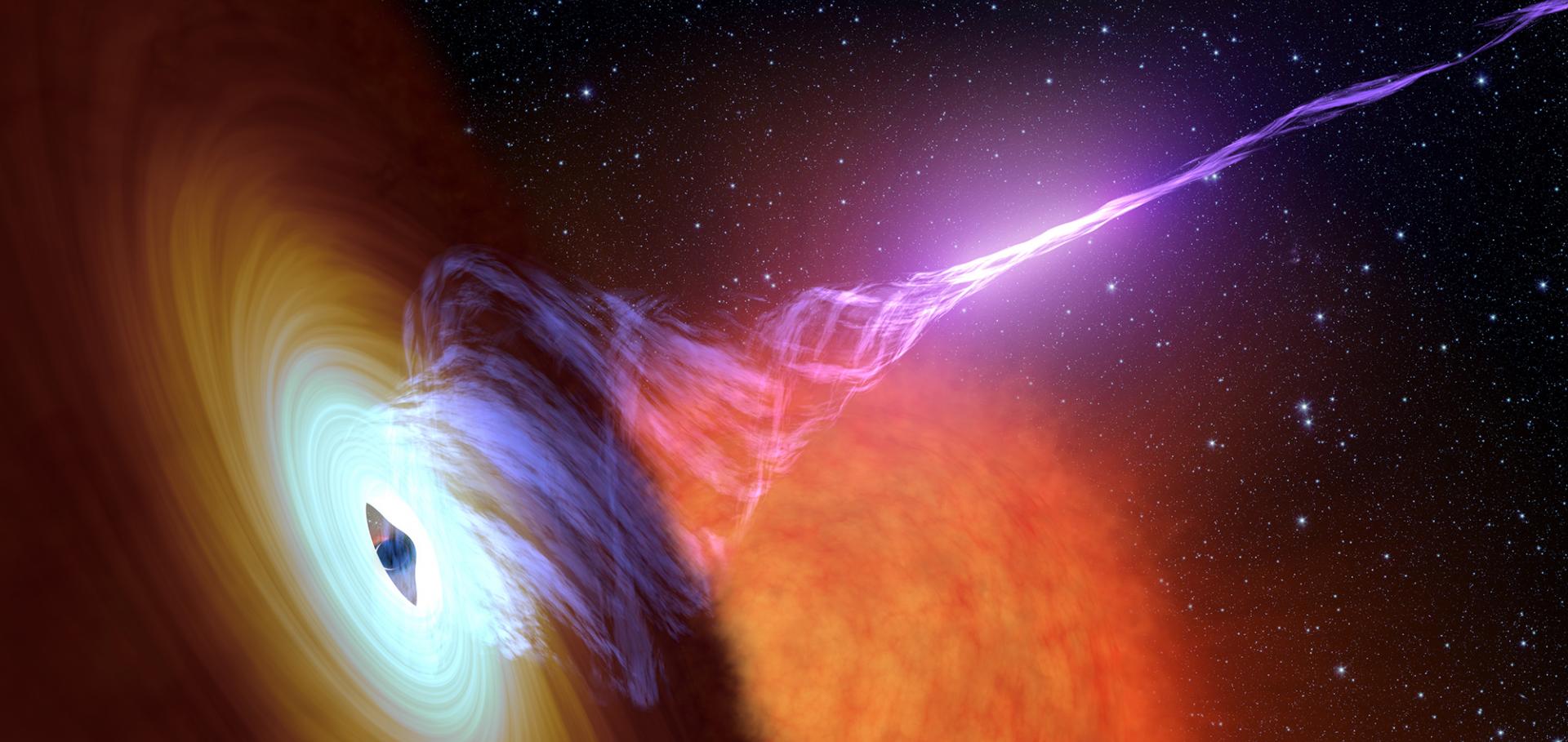Bow-shocks, nova shells, disc winds and tilted discs: The Nova-Like V341 Ara Has It All
(2020)
A MeerKAT survey of nearby nova-like cataclysmic variables
Monthly Notices of the Royal Astronomical Society Oxford University Press (OUP) 496:3 (2020) 2542-2557
Discovery of optical outflows and inflows in the black hole candidate GRS 1716-249
(2020)
International Coordination of Multi-Messenger Transient Observations in the 2020s and Beyond: Kavli-IAU White Paper
(2020)
A non-equipartition shockwave traveling in a dense circumstellar environment around SN2020oi
(2020)


